
Cabbage diseases and pests
Learn to recognise and naturally combat cabbage diseases and pests
Contents
The advantage of growing cabbages lies mainly in the variety of options available. From white cabbages, curly kales, cauliflowers, to Brussels sprouts, as well as kales and the ‘Daubenton’ perpetual cabbage, the selection is particularly vast. And the list is not exhaustive… allowing you to consume cabbage practically all year round.
Provided that you offer them, in the vegetable garden, suitable growing conditions: full sun, well-enriched soil with organic matter, and regular watering. However, cabbages remain quite sensitive to diseases and are especially attractive to a small, voracious fauna that attacks cabbages from all sides. We will explain how to recognise these cabbage diseases and pests, and especially how to treat and protect against them naturally.
The cabbage white butterfly, the number one enemy of cabbages
Easy to identify, the number one enemy of cabbage is a butterfly with milky white wings speckled with black spots. The cabbage butterfly is present in the vegetable garden at various times, from April to June, then in the height of summer, from mid-July to the end of August, and in September and October if the weather is mild. This butterfly lays its golden-yellow eggs on the leaves. As for the larvae, they display a colour ranging from greenish to yellowish, adorned with yellow longitudinal stripes and small black dots.

Butterfly, chrysalis, and caterpillar of the cabbage butterfly
Symptoms
The leaves are eaten away, perforated, and stained with black droppings. Sometimes only the veins remain.
Prevention and control
- Place an insect net in spring
- Treat during flight periods with decoctions of tansy, wormwood, or verbena. However, it is essential to avoid nettle manure, which attracts the cabbage butterfly
- Handpick all eggs, pupae, and caterpillars. This is the best form of control
- Encourage biodiversity to attract natural predators such as parasitoid wasps that literally devour the cabbage butterfly larvae from the inside. You can plant aromatic plants, nectariferous plants, create shelters for beneficial insects, or maintain natural areas
- In case of a severe infestation, treatment with Bacillus Thuringiensis or Thuringian Bacillus can be applied. This biopesticide causes the death of the caterpillars
Read also
Cabbage: planting, sowing and harvestThe cabbage moth, another butterfly but one that flies at night
The cabbage moth is another butterfly that causes significant damage in the vegetable garden. It is a grey-brown night butterfly, difficult to spot, just like its caterpillar, which feeds at night. During the day, they remain hidden in or on the soil. Grey or brown in colour with longitudinal stripes, they curl up when disturbed. Generally, they are active from early spring, especially in July and August.

Butterfly and caterpillar of the cabbage moth
Symptoms
The young larvae feed on the leaves above the soil, leaving only the veins. The larger larvae also attack the collar.
Prevention and control
- The insect netting placed in spring is very effective
- As a preventive measure, spray a decoction of tansy or wormwood to deter female butterflies
- Collect the caterpillars both day and night
- Keep the soil moist with regular watering and mulching
- Regularly hoe to uncover the cabbage moth caterpillars and expose them to natural predators such as blackbirds, crows, and ground beetles
Discover other Cabbage plants
View all →Available in 0 sizes
Available in 2 sizes
Available in 3 sizes
Available in 1 sizes
Available in 1 sizes
Available in 1 sizes
Available in 1 sizes
Available in 1 sizes
Available in 1 sizes
Available in 1 sizes
The cabbage midge, a fly highly attracted to cauliflower
Flea beetle of cabbage is a small light brown fly that lays its eggs at the base of the stems or in the leaves of the heart. The larvae attack the upper part of the petiole of the leaves, thus preventing the development of tissues. The larvae particularly favour cauliflowers but also target cabbages, Chinese cabbages, kohlrabi, and Brussels sprouts.
Symptoms
Growth is slowed, the leaves are swollen and curl in on themselves. The central bud is destroyed, leading to the formation of blind cabbages (without a heart) or multiple heads.
Prevention and control
- Place an insect net during flights
- Remove affected plants
- Treat with fern manure, mixed with a bit of black soap
The flea beetle, the small jumping beetle
The flea beetle is a beetle measuring 1.5 to 3 mm, shiny green-blue to black, that hibernates under leaves and in the soil. In spring, when the temperature reaches 20 °C, flea beetles emerge and attack cabbages, jumping from one young plant to another. In May, they lay eggs in the soil where they undergo pupation. Heat and dryness promote the development of flea beetles.

The cabbage flea beetle
Symptoms
The leaves of young cabbage plants are riddled with small holes. In spring, seeds and cotyledons may also be attacked.
Prevention and control
- The best solution is to mulch the soil, which maintains a certain level of moisture that discourages flea beetles. Similarly, watering drives them away.
- Spread wood ash at the base of the cabbages.
- Plant tansy near the cabbages or spray a decoction of tansy or wormwood.
The cabbage fly, attracted by the scent of Brassicas
Similar to a housefly, the cabbage fly (Phorbia brassicae) lays its eggs in the soil between April and May, at the base of the roots. The larvae hatch after a week and feed on the roots. Cabbage fly larvae particularly enjoy cauliflowers and summer cabbages.
Symptoms
The larvae devour the roots and the collar of young plants. The leaves wilt and discolour. In cases of severe infestation, the plants die.
Prevention and control
- Transplant cabbages early or late, outside of the flight period
- Plant cabbages deeply, mound them, and hoe regularly
- Water during dry weather
- Apply a mulch of strongly scented repellent plants such as tansy or wormwood
- Spread wood ash
- Remove old cabbage stumps
- Encourage biodiversity to attract natural enemies of the cabbage fly, such as ground beetles or rove beetles
The gall weevil, the gall beetle
The cabbage weevil is a beetle measuring 2 to 3 mm in length and is black in colour. Between April and June, and in August or September, it lays its eggs in cavities it has burrowed into the lower part of the stem. A sort of gall develops around the eggs, which the larvae feed on. Subsequently, pupation occurs in the soil.
Symptoms
Growths with central cavities appear on the tissues. They are distinguished from the cabbage hernia tumours, which are solid and do not contain larvae.
Prevention and control
- Plant deeply and mound the cabbages well
- Remove affected plants
- Cover the soil with strongly scented plants
- Remove the stump and root after the harvest
The grey cabbage aphid, in case of a hot summer
The cabbage grey aphid develops massively during a hot summer. It lays its eggs in September and then hibernates, tolerating temperatures down to -15°C. The first generation appears at the end of May and ensures the spread of aphids. They have a preference for cabbages, but also for oilseed rape and radishes.
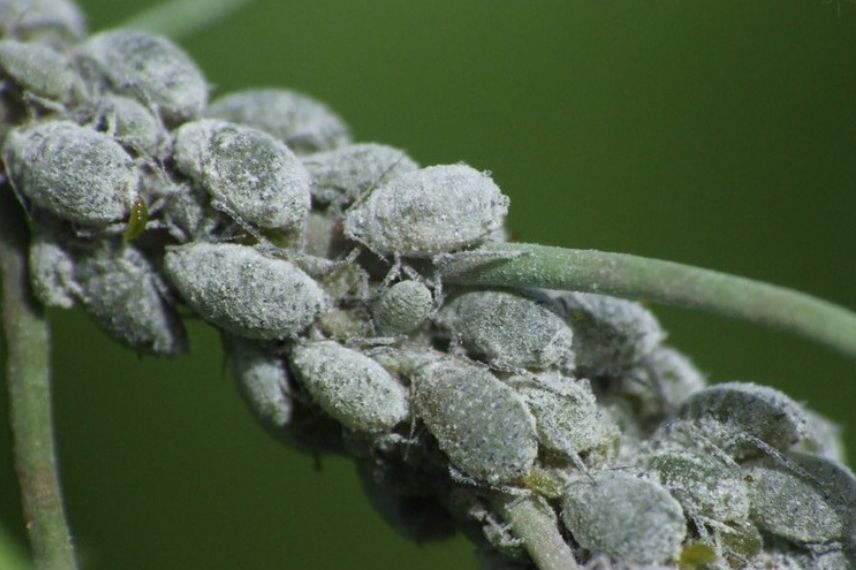
Cabbage grey aphids
Symptoms
The leaves change colour and curl in on themselves. They become crisped. Heart formation may be compromised. Viral diseases can affect cabbages.
Prevention and control
- Encourage biodiversity to attract beneficial insects such as ladybirds, hoverflies, or lacewings
- Spray a solution based on black soap
Cabbage moth, another butterfly to fear
Plutella xylostella is a butterfly whose larvae devour cabbage leaves. The larvae are light green and measure 7 to 8 mm. At the slightest movement, they drop down on a filament. As for the butterfly, brown-grey in colour, it is mainly active at dusk.
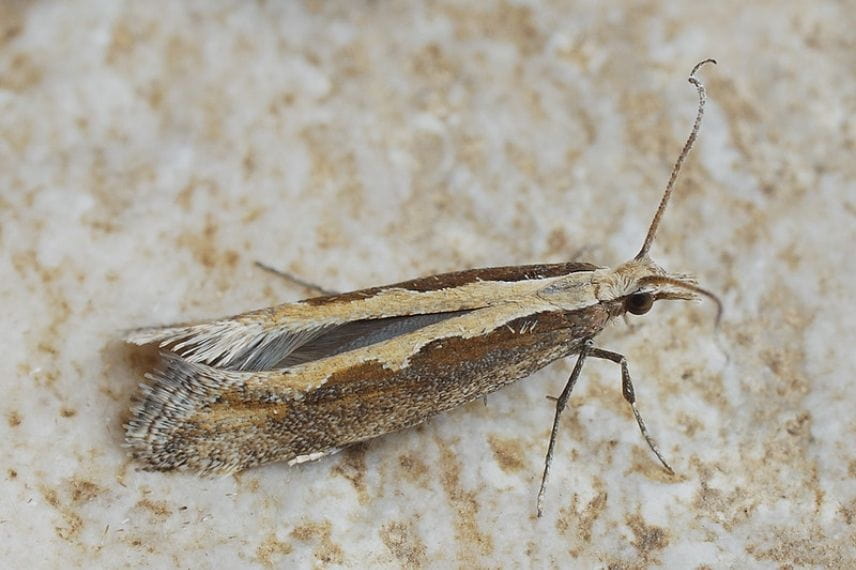
Plutella xylostella or cabbage moth
Symptoms
The outer leaves are chewed. Then, the larvae attack the inner leaves of the heart. The plant eventually dries out.
Prevention and control
- Encourage biodiversity to attract ground beetles, lacewings, and birds
- Install an insect net
- Spray a manure made from tomato leaves
- Make a spray of diluted black soap in water
Slugs, a final pest of cabbages... and other vegetable plants
Slugs target the tender leaves of cabbages. They have the unfortunate characteristic of reproducing very quickly.
Symptoms
The leaves are nibbled. Mucus trails can be seen on and around the leaves.
Prevention and control
There are countless ways to combat slugs; some are fanciful, others random and cumbersome, while some are more effective. We invite you to discover Ingrid B.’s article, which provides 7 effective and natural ways to fight slugs. Similarly, Pascal guides you in a video on how to make a slug trap.
Cabbage root fly, invisible yet dreadful
Cabbage root rot is caused by the fungus that lives in the soil and penetrates the roots. It causes tumours, initially light in colour but turning dark. The released spores can survive for several years. Humidity combined with high temperatures promotes the onset of the disease.
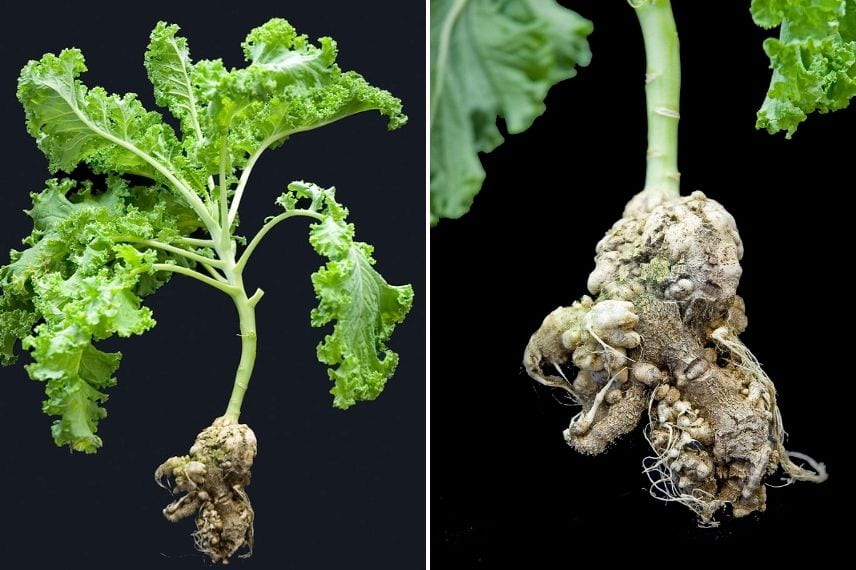
Cabbage root rot caused by Plasmodiophora brassicae
Symptoms
In warm weather, the leaves wilt and turn yellow. However, the damage is primarily underground on the roots.
Prevention and control
- Do not fertilise the soil with manure or fresh manure
- Extend crop rotations
- Aerate the soil to improve drainage
- Apply lime 10 to 14 days before planting if the soil is too acidic
- Sow green manures before cabbages, such as vetch and oats
- Destroy affected cabbages
- Thoroughly disinfect your tools
Alternaria blight, grey mould caused by several fungi
In general, cabbage alternaria is caused by fungi of the species Alternaria brassicae or brassiciola. This cryptogamic disease develops in humid weather. The fungi can remain in the soil for 6 to 7 years.
Symptoms
Small dark spots surrounded by a lighter halo appear on the leaves. Then, the spots merge together.
Prevention and control
- Avoid planting too densely
- Properly apply crop rotation
- Water the cabbages at the base
- Spray Bordeaux mixture in case of an attack
Black spot disease, another fungal disease
It is the fungus Mycospharella brassicicola that specifically causes this disease
Symptoms
Grey, round spots, sometimes surrounded by yellow, appear between the veins of older leaves. They eventually fall off. This disease impacts the growth of cabbage heads.
Prevention and control
- Avoid planting too densely
- Properly apply crop rotation
- Water cabbages at the base
- Spray Bordeaux mixture in case of an attack
Damping-off or black foot disease
This disease is caused by several fungi that live inside the cells of the young plant. They attack the germs and the young plants. They thrive in humid weather when the humidity level is high.
Symptoms
Reddish areas form at the base of the stems, which dry out quickly. The young plants die.
Prevention and control
- Prepare the soil well for sowing
- Avoid sowing or planting too densely
- Spray a horsetail decoction
- Apply crop rotation properly
For further reading, you can read Jean-Christophe’s article: damping off, understanding, combating, preventing.
Downy mildew, the disease of damp years
Once again, it is fungi that are responsible for downy mildew. They only develop in wet years, causing significant damage from early autumn to the following spring.
Symptoms
Brownish-yellow spots develop on the upper side of the leaves. Under the leaves, a white to grey-violet felt can be seen.
Prevention and control
- Thoroughly remove cabbage remnants at the end of the harvest
- Ensure good air circulation around the young plants or plantings
- Spray a horsetail decoction
- Subscribe!
- Contents

































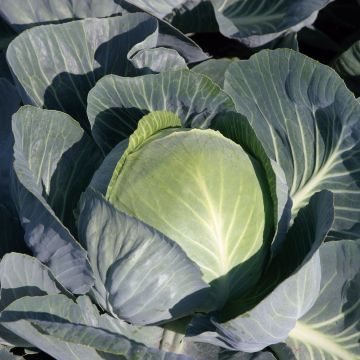
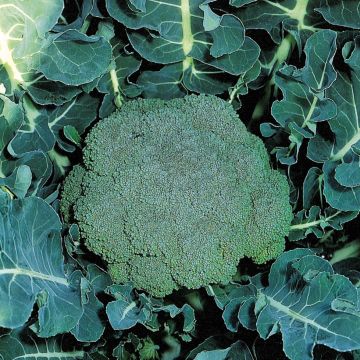
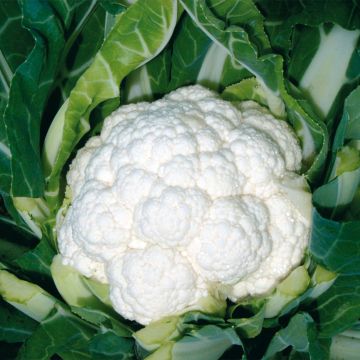
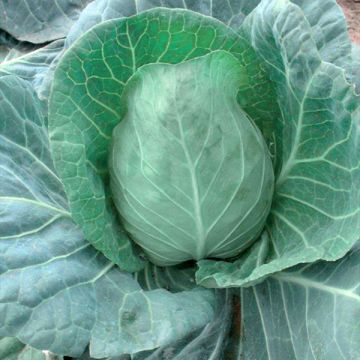

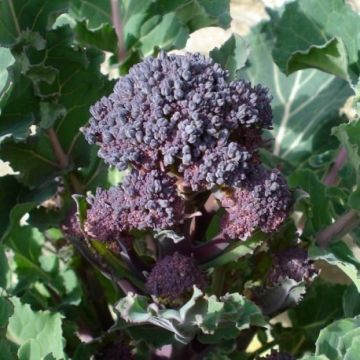
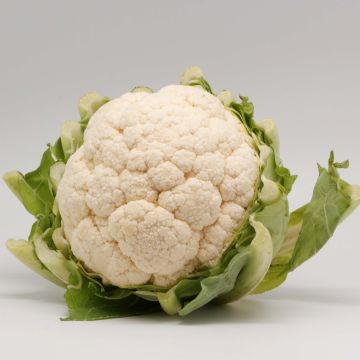

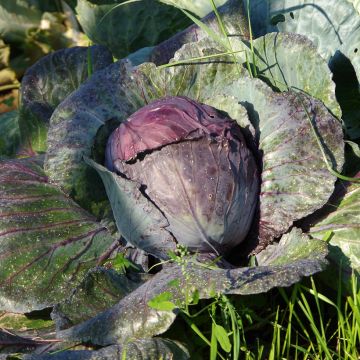
Comments